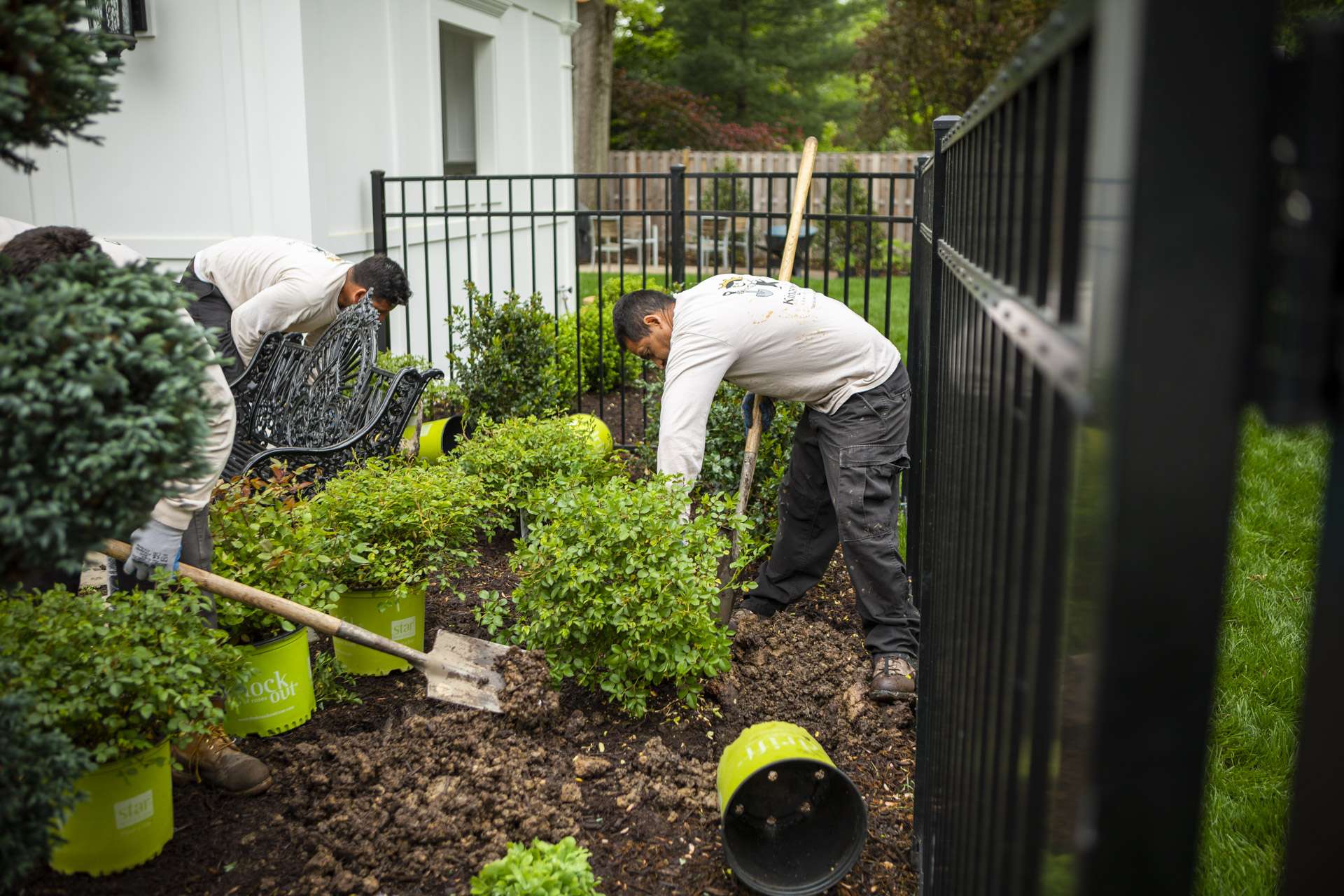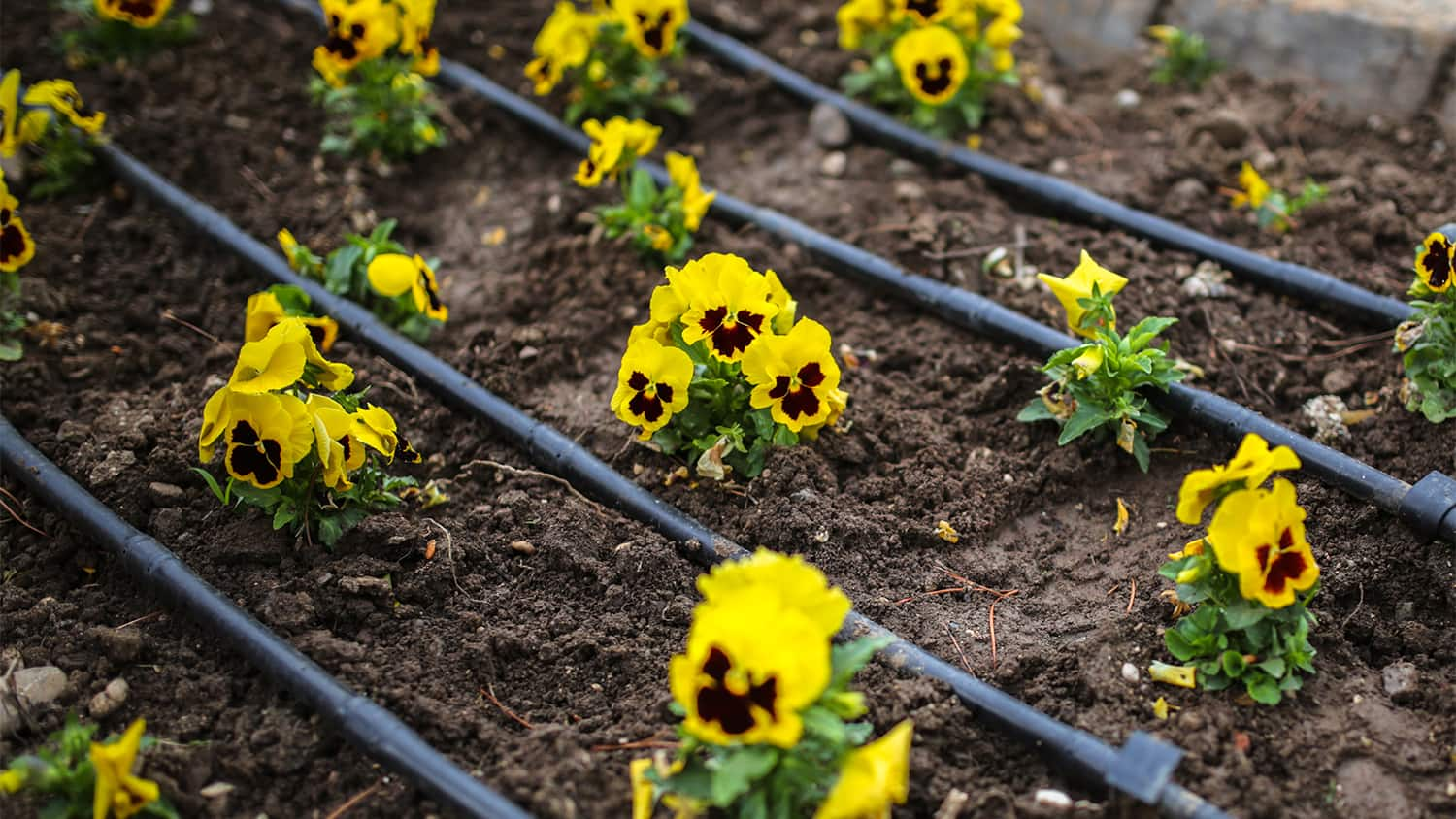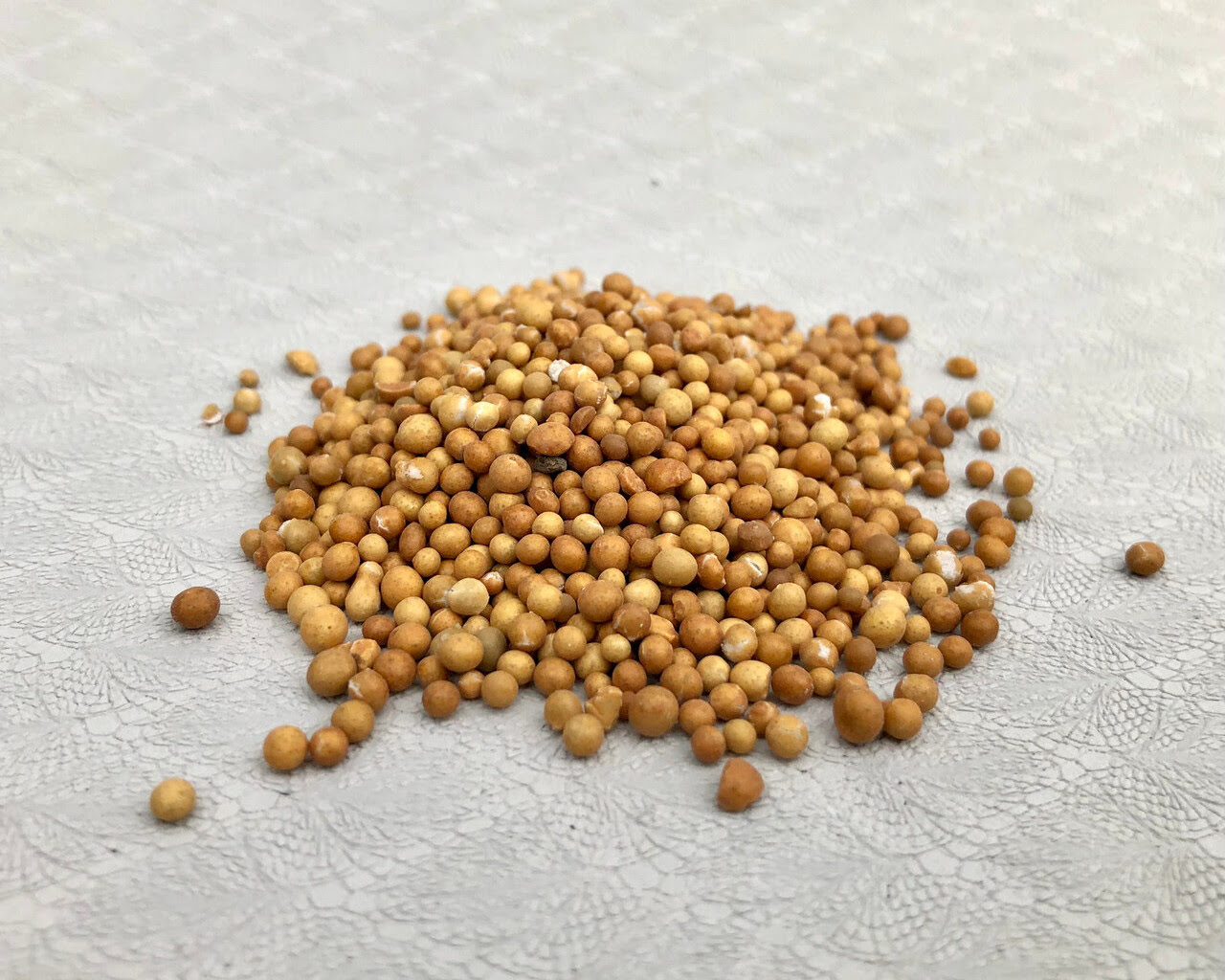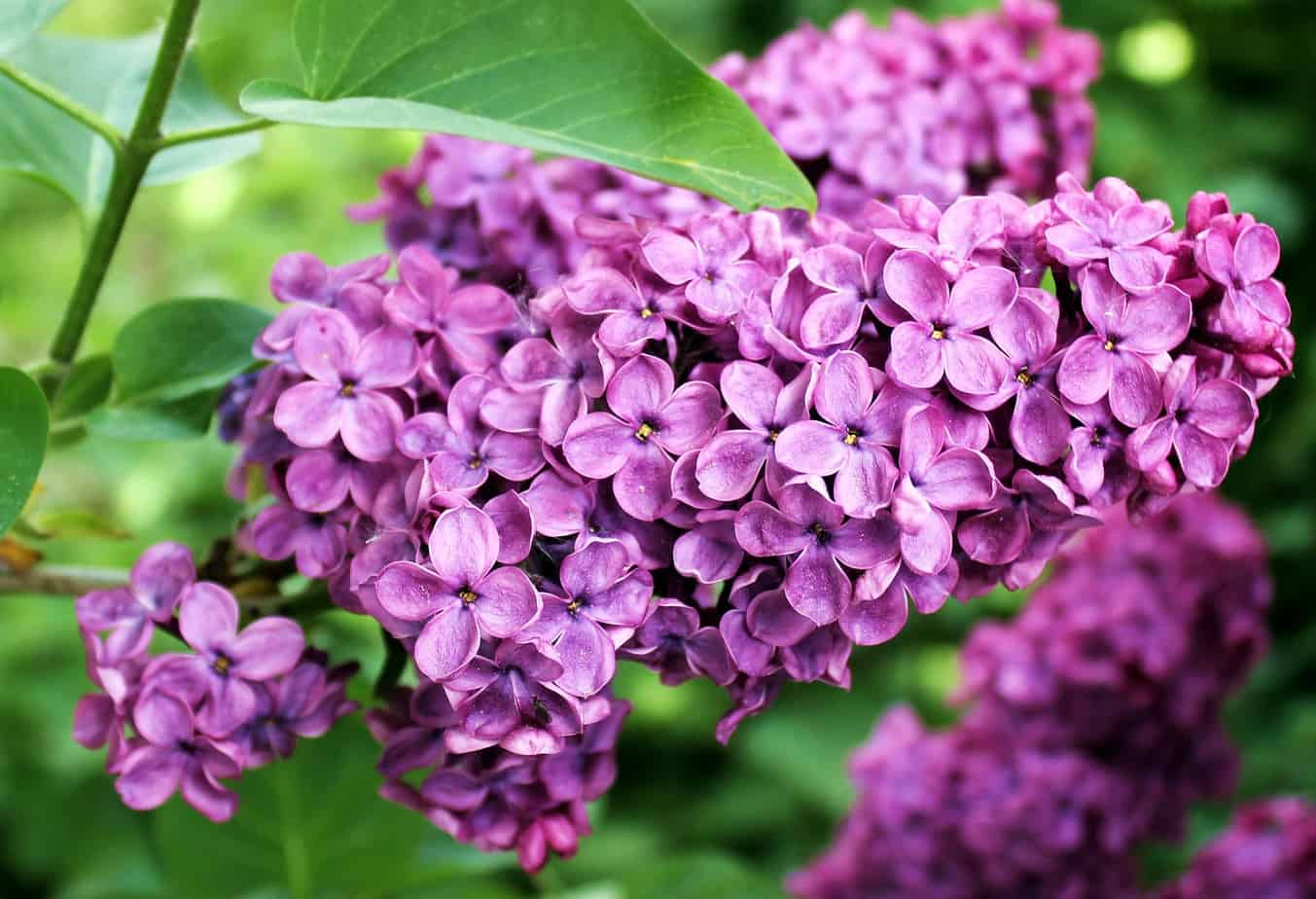Home>Gardening Techniques>Seasonal Gardening>When Is The Best Time To Plant Shrubs
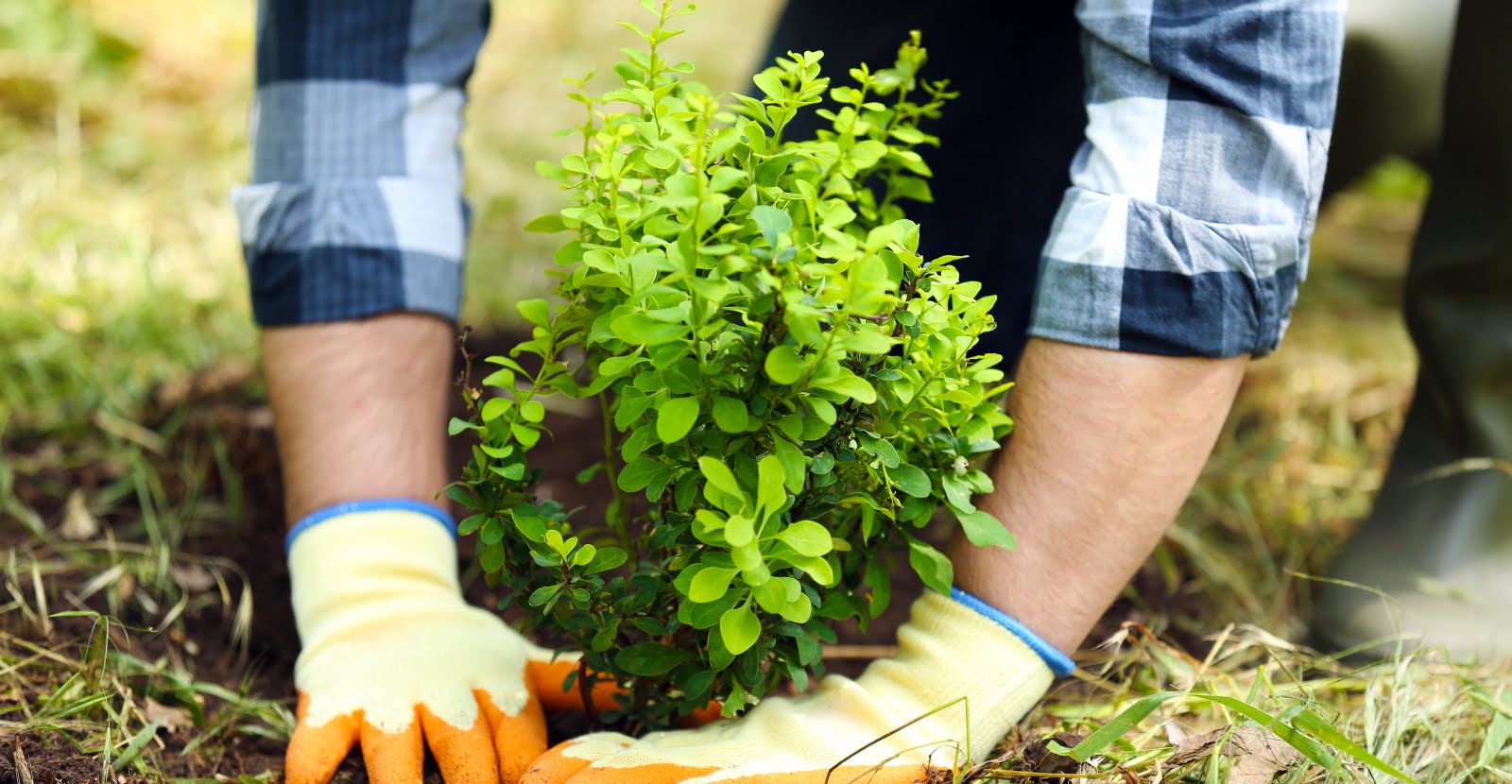

Seasonal Gardening
When Is The Best Time To Plant Shrubs
Modified: January 22, 2024
Discover the optimal time for planting shrubs with our seasonal gardening guide. Enhance your garden's beauty and growth by choosing the best planting season.
(Many of the links in this article redirect to a specific reviewed product. Your purchase of these products through affiliate links helps to generate commission for Chicagolandgardening.com, at no extra cost. Learn more)
Table of Contents
Introduction
When it comes to creating a vibrant and beautiful garden, planting shrubs can make all the difference. Not only do they add visual appeal and a sense of structure, but they also provide privacy and serve as a backdrop for other plants. However, knowing the best time to plant shrubs is crucial for their successful establishment and growth.
Seasonal gardening plays a significant role in determining the ideal planting time for shrubs. Factors such as temperature, sunlight, and soil conditions can greatly impact the success of your shrub planting endeavor. By understanding the specific needs of different shrub varieties and aligning them with the right season, you can ensure that your shrubs thrive for years to come.
In this article, we will explore the best times to plant shrubs throughout the year. By considering these recommendations and following some helpful tips, you can create a stunning garden that will be the envy of your neighbors.
So, whether you’re a novice gardener looking to add some greenery to your yard or an experienced horticulturist aiming to expand your collection, read on to discover the optimal times for planting shrubs and how to maximize their growth potential.
Factors to Consider Before Planting Shrubs
Before you start planting shrubs, there are several important factors to take into consideration. By assessing these elements, you can ensure that your shrubs have the best chance of thriving in their new environment.
1. Climate: Understanding your local climate is crucial for successful shrub planting. Different shrub species have specific temperature and moisture requirements. Research the hardiness zones and average frost dates in your area to determine which shrubs are best suited for your climate.
2. Soil Type: The soil composition in your garden plays a significant role in the overall health and growth of your shrubs. Test your soil’s pH level and nutrient content to determine whether any amendments, such as adding organic matter or adjusting pH levels, are necessary to provide the optimal growing conditions for your shrubs.
3. Sunlight Exposure: Assess the amount of sunlight your desired planting area receives throughout the day. Some shrubs thrive in full sun, while others prefer partial or full shade. Understanding the sunlight requirements of your chosen shrubs will help you select the most suitable locations in your garden.
4. Watering Needs: Consider the watering needs of the shrubs you intend to plant. Some varieties require more frequent watering, while others are more drought-tolerant. Ensure that you can provide adequate irrigation for your shrubs based on their specific requirements.
5. Maintenance Requirements: Different shrubs have varying maintenance needs. Some are low-maintenance and require minimal pruning or fertilization, while others may need regular attention and care. Assess your willingness and ability to commit to the necessary maintenance tasks for each shrub species.
6. Available Space: Evaluate the available space in your garden and the potential growth size of the shrubs you plan to plant. Consider the mature height and spread of the shrubs to ensure that they won’t outgrow their designated area.
By taking these factors into account, you can make informed decisions about the types of shrubs to plant and where to plant them. This careful consideration will set the stage for successful shrub establishment and growth in your garden.
Best Time to Plant Shrubs in Spring
Spring is considered one of the best times to plant shrubs, as it provides optimal growing conditions for many plant species. The mild temperatures and increased sunlight promote root development and overall plant growth. Here are some key points to keep in mind when planting shrubs in spring:
1. Timing: Aim to plant shrubs in early spring, after the last frost has passed. This ensures that the soil has thawed and is workable, providing an ideal environment for root establishment.
2. Soil Preparation: Before planting, prepare the soil by removing any weeds or debris and loosening it with a garden fork or tiller. Incorporate organic matter, such as compost, into the soil to improve its fertility and drainage.
3. Selecting Shrubs: Choose shrubs that are suitable for your climate and the conditions of your garden. Consider factors such as sun exposure, soil type, and mature size when selecting shrubs for your spring planting project.
4. Planting Technique: Dig a hole that is slightly wider and deeper than the shrub’s root ball. Gently remove the shrub from its container or burlap and place it in the hole. Backfill the hole with soil, firming it gently around the roots. Water the shrub thoroughly to help settle the soil.
5. Watering and Mulching: After planting, provide adequate water to the shrubs. Water deeply and consistently to ensure that the roots receive enough moisture. Apply a layer of organic mulch around the base of the shrubs to help retain moisture and suppress weeds.
6. Care and Maintenance: Monitor your newly planted shrubs regularly and provide additional water as needed. Apply a slow-release, balanced fertilizer in accordance with the specific needs of your planted shrubs. Prune any damaged or dead branches to promote healthy growth.
By following these guidelines, you can take advantage of the favorable spring conditions to establish healthy and thriving shrubs in your garden. Remember to provide proper care and attention throughout the growing season to ensure the long-term success of your spring-planted shrubs.
Best Time to Plant Shrubs in Summer
Summer may not be the most ideal time for planting shrubs, as the hot and dry conditions can pose challenges for establishing new plants. However, with proper care and attention, it is still possible to successfully plant shrubs during this season. Here are some tips for planting shrubs in the summer:
1. Timing: The best time to plant shrubs in summer is during the early morning or late afternoon when the temperatures are cooler. Avoid planting during the hottest part of the day to minimize stress on the plants.
2. Soil Preparation: Ensure that the planting area has been thoroughly prepared before planting. Loosen the soil and incorporate organic matter to improve its moisture retention capabilities.
3. Watering: Water the shrubs thoroughly before planting to ensure that the root ball is well hydrated. After planting, continue to provide regular deep watering to help the shrubs establish their root systems. This is particularly important during hot and dry spells.
4. Mulching: Apply a layer of organic mulch around the base of the shrubs to help retain moisture and regulate soil temperature. Mulch also aids in weed suppression and protects the roots from extreme heat.
5. Shade and Sun Protection: Consider providing temporary shade or sun protection for newly planted shrubs. You can use shade cloth or temporary shading structures to shield the plants from direct sunlight until they have acclimated to their new environment.
6. Monitor for Signs of Stress: Keep a close eye on the shrubs for any signs of stress, such as wilting or leaf discoloration. If needed, provide additional shade or adjust watering frequency to alleviate stress and promote healthy growth.
7. Care and Maintenance: Regularly check for pests and diseases and promptly address any issues. Remove any weeds that may compete with the shrubs for nutrients and water. Prune any dead or damaged branches to maintain the overall health and shape of the shrubs.
While planting shrubs in summer requires extra care and attention, it is possible to achieve success. By following these guidelines and providing the necessary care, you can enjoy beautiful and thriving shrubs in your garden, even during the hottest months of the year.
Best Time to Plant Shrubs in Fall
Fall is considered one of the best times to plant shrubs, as it offers several favorable conditions for successful establishment and growth. The cooler temperatures, increased rainfall, and decreased heat stress create an ideal environment for root development. Here are some key points to keep in mind when planting shrubs in the fall:
1. Timing: Aim to plant shrubs in the early to mid-fall, after the hottest part of the summer has passed and before the ground freezes. This allows the shrubs to establish their root systems before the onset of winter.
2. Soil Preparation: Prepare the soil by removing any weeds or debris and loosening it with a garden fork or tiller. Add organic matter, such as compost or well-rotted manure, to improve soil fertility and drainage.
3. Selecting Shrubs: Choose shrub varieties that are suitable for your climate and the conditions of your garden. Consider factors such as sun exposure, soil type, and mature size when selecting shrubs for your fall planting project.
4. Planting Technique: Dig a hole that is slightly wider and deeper than the root ball of the shrub. Gently remove the shrub from its container or burlap and place it in the hole. Backfill the hole with soil, firming it gently around the roots. Water the shrub thoroughly to help settle the soil.
5. Watering and Mulching: Water the newly planted shrubs well after planting to ensure that the root ball receives adequate moisture. Apply a layer of organic mulch around the base of the shrubs, leaving a gap around the stem, to help conserve soil moisture and moderate soil temperature.
6. Care and Maintenance: Monitor the shrubs regularly and water them as needed, especially during drier periods. Avoid overwatering, as excessive moisture can lead to root rot. Remove any fallen leaves or debris from around the shrubs to maintain good airflow and prevent disease.
7. Fall Pruning: Prune any dead, damaged, or crossing branches from the shrubs during the fall planting process. However, avoid hard pruning or major shaping during this time, as it can stimulate new growth that may not have enough time to harden off before winter.
By taking advantage of the optimal conditions in the fall, you can ensure that your shrubs establish strong root systems and thrive in your garden. Remember to provide proper care and maintenance throughout the season to set them up for success in the following growing seasons.
Best Time to Plant Shrubs in Winter
Winter may not be the typical planting season for shrubs, but under the right circumstances, it can still be a viable time to establish new plants. While growth is minimal during this season, planting shrubs in winter allows them to take advantage of the dormant period to develop a strong root system. Here are some key considerations for planting shrubs in winter:
1. Timing: The best time to plant shrubs in winter is during a mild spell when the ground is not frozen. Aim to plant before the first hard frost or after the ground thaws temporarily. Avoid planting during extreme cold or when the soil is waterlogged.
2. Soil Preparation: Prepare the planting area ahead of time by loosening the soil and removing any weeds or debris. Adding organic matter, such as compost or well-rotted manure, can help improve soil structure and fertility even during the dormant season.
3. Selecting Shrubs: Choose shrubs that are suitable for your climate and can withstand the colder temperatures. Look for cold-hardy varieties that are adapted to your specific region. Evergreen shrubs can provide year-round interest and color during the winter months.
4. Planting Technique: Dig a hole that is wide enough to accommodate the root ball of the shrub. Remove the shrub from its container or burlap and gently place it in the hole. Backfill the hole with soil, firming it gently around the roots. Water the shrub lightly, taking care not to overwater.
5. Mulching: Apply a layer of organic mulch around the base of the shrub, leaving a gap around the stem. Mulch helps insulate the soil, regulate temperature fluctuations, and reduce moisture loss. It also acts as a barrier against weed growth.
6. Protecting from Frost: Consider using protective measures, such as burlap wraps or frost covers, to shield shrubs from extreme cold temperatures and drying winds. These can provide additional insulation and reduce the risk of damage to the newly planted shrubs.
7. Care and Maintenance: While growth may be minimal during the winter, continue to monitor the soil moisture and water the shrubs as needed. Avoid overwatering and ensure that excess water drains away to prevent root rot.
By selecting the appropriate shrubs, planting them during mild winter periods, and providing proper care, you can successfully establish new plants even during the dormant season. Just remember to protect the shrubs from frost and monitor their water needs to ensure their survival and healthy growth in the following spring.
Tips for Successful Shrubs Planting
Planting shrubs is an investment in the long-term beauty and vitality of your garden. To ensure successful shrub planting and promote healthy growth, consider these valuable tips:
1. Choose the Right Shrub: Select shrub varieties that are well-suited to your climate and the conditions of your garden. Consider factors such as sun exposure, soil type, mature size, and maintenance requirements when making your choices.
2. Plan the Planting Location: Assess the available space in your garden and plan the planting locations accordingly. Consider the mature size of the shrubs and provide enough room for their growth. Ensure that the chosen location meets their sunlight and soil requirements.
3. Prepare the Soil: Take the time to properly prepare the planting area. Remove any weeds, rocks, or debris and loosen the soil to a depth of about 12 inches. Adding organic matter, such as compost or well-rotted manure, can improve soil fertility and drainage.
4. Watering: Proper watering is crucial for successful shrub planting. Water the shrubs thoroughly immediately after planting to ensure good root-to-soil contact. Afterward, provide regular deep watering, especially during dry spells, to promote root establishment and healthy growth.
5. Mulching: Apply a layer of organic mulch, such as wood chips or bark, around the base of the shrubs. Mulch helps to conserve soil moisture, regulate soil temperature, suppress weed growth, and protect the roots from extreme temperatures.
6. Pruning: Prune your shrubs regularly to maintain their shape, remove dead or damaged branches, and promote airflow and sunlight penetration. Follow proper pruning techniques, and avoid over-pruning or pruning at the wrong time of year, as this can harm the shrubs.
7. Fertilization: While shrubs generally do not require excessive fertilization, applying a slow-release, balanced fertilizer in early spring can provide them with the necessary nutrients. Be sure to follow the specific recommendations for each shrub variety.
8. Pest and Disease Management: Monitor your shrubs regularly and be on the lookout for signs of pests or diseases. Take appropriate actions, such as using organic pest control methods or consulting a professional, to manage any issues before they become severe.
9. Ongoing Care: Maintain regular care and attention to your shrubs throughout the year. This includes monitoring water needs, removing weeds, inspecting for pests or diseases, and addressing any issues promptly. Proper ongoing care ensures the health and longevity of your shrubs.
By following these tips, you can ensure successful shrub planting and create a beautiful and thriving garden. Remember, each shrub may have specific requirements, so always refer to the specific guidelines for the species you are planting to achieve the best results.
Conclusion
Planting shrubs is an exciting and rewarding endeavor that can transform your garden into a vibrant and inviting space. By understanding the best times to plant shrubs throughout the year, considering important factors such as climate, soil, sunlight, and maintenance requirements, and following essential tips for successful planting, you can ensure the health and longevity of your shrubs.
Spring, with its mild temperatures and increased sunlight, provides an optimal time for shrub planting. The summer months present some challenges due to heat and dry conditions, but with proper care and attention, shrubs can still be successfully planted. Fall offers favorable conditions for establishing new shrubs, taking advantage of cooler temperatures and increased rainfall. Winter, though less common, can be a suitable time for planting dormant shrubs with careful consideration and protection against frost.
By selecting the right shrubs, preparing the soil, providing adequate water and mulching, and practicing regular care and maintenance, you can ensure that your shrubs thrive and enhance the overall beauty of your garden. Additionally, monitoring for pests and diseases, proper pruning, and ongoing care will contribute to their long-term success.
Remember, each shrub species may have unique requirements, so always refer to specific guidelines and recommendations when planting. By combining your knowledge of seasonal gardening with these tips, you can create a stunning garden filled with vibrant shrubs that bring beauty and joy throughout the year.
